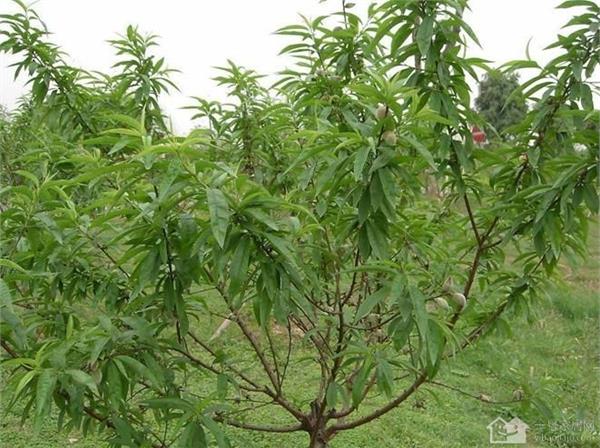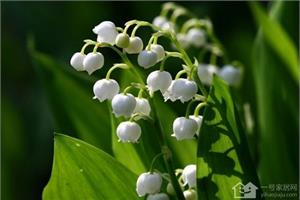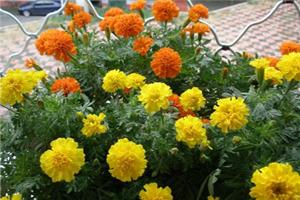Preparation of rootstocks and scions for grafting of peach seedlings
The peach blossom in the mountain temple began to bloom in April, and the beauty of the peach blossom has always been very intoxicating. The peach blossom is not only very beautiful, but also the fruit is very delicious. With the development of modern society, agricultural technology has become more and more powerful, and now people in the way of breeding peach trees, will grafting this technology is used very well.

Grafting is one of the commonly used methods of artificial propagation, first of all, the branches of the plants that need to be grafted are grafted onto another plant, and then through the natural growth of the plant, the two plants are merged into one and grow into a complete plant. And there are many techniques that need to be mastered in grafting, such as whether the connection between the scion and the rootstock is close. And how to take care of the growth of plants after grafting. The grafting of mahogany seedlings can be done all the year round, but there are different key points to pay attention to in each season.
Preparation of rootstocks and scions for grafting of peach seedlings
Generally, in our common peach seedling grafting, the way of choice is to carry out peach seedling bud grafting, first of all, when grafting, the position of the knife should choose the position of the rootstock about 3-5 meters from the ground. If the shape of the knife is a horizontal knife and a vertical knife, the depth of the knife only needs to cut off the skin. Generally, after cutting, the edge is a T-shaped edge.
The way of grafting peach seedlings is to choose a more substantial axillary bud on the note, and some people call it grafting. At the bottom of the grafting bud, about half a centimeter to one centimeter, it should be cut from the bottom to the top. The shield-shaped buds should be removed according to the size requirements, with a length of about 1.5 to 2.5 meters and a width of about 0.6 meters. The scutellum is usually removed without xylem.
Connection between rootstock and scion in peach seedling grafting
Then there is the combination of the rootstock and the shield bud, using the tool to pry open the cut on the rootstock, then insert the shield bud from the top down, let the shield bud stick tightly on the rootstock, and make the knife edge neat to expose the bud.
Finally, to tie up the rootstocks and sprouts that have been inserted, use plastic strips to tie the connection firmly, usually not too tight, but moderately loose and tight.
In the four seasons of the year, peach seedlings can be grafted, but in different seasons, we need to pay attention to some key points, but generally in spring when peach seedlings are grafted, the survival rate will be as high as 98%. In summer, if the grafted peach seedlings do not survive, you can choose the second grafting.
If you want to know more about it, you can continue to follow the No.1 Home Network.
Related
- Wuhan Hospital Iron Tree Blooming Result Was Instantly Frightened by the Gardener Master
- Which variety of camellia is the most fragrant and best? Which one do you like best?
- What is the small blue coat, the breeding methods and matters needing attention of the succulent plant
- Dormancy time and maintenance management of succulent plants during dormancy
- Minas succulent how to raise, Minas succulent plant pictures
- What are the varieties of winter succulent plants
- How to raise succulent plants in twelve rolls? let's take a look at some experience of breeding twelve rolls.
- Attention should be paid to water control for succulent plants during dormant period (winter and summer)
- Watering experience of twelve rolls of succulent plants
- Techniques for fertilizing succulent plants. An article will let you know how to fertilize succulent plants.



